Veterinarian, age 84, got her start at Chicago racetracks
Featured vet Dr. Carol Bloom was a pioneer for female veterinarians
by Mary Guiden
Our featured vet for September is a pioneering clinician who cares for large and small animals on her cattle farm in Indiana. Dr. Carol Bloom, DVM, began her career in the late 1950s at a time when women were in the minority as veterinarians. Her resilience and strength — including not taking “no” for an answer when initially denied access to vet school — paved the way for future generations. Veterinary33 applauds her strength and dedication, and we hope her story will inspire you.
Dr. Carol Bloom, DVM, grew up on a large dairy farm in Galien, Michigan. Her family raised dairy cattle, oxen and horses, and they had dogs and cats, among other creatures. Bloom said that she loved livestock and always wanted to be a veterinarian.
“That’s the only thing I ever wanted to be,” she said in an interview with Veterinary33.
As a youngster, Bloom was an award-winning equestrian. She rode English flat saddle and won a national award when she was only eight years old. As a teenager, Bloom twice won national championships in Chicago.
She attended Michigan State University and, in the late 1950s, Bloom completed her bachelor’s degree before applying to veterinary school. She studied biology as an undergraduate and took to chemistry, too.
When she first applied to veterinary school at MSU, prospective students appeared before a committee or panel and stated why they were interested in becoming veterinarians.
She did just that, but the all-male panel said, “We don’t take women because we don’t think women will stay with the profession. They’re going to get married, have a family and never practice.”
Bloom said she told them that they were wrong, but it didn’t matter.
“They said, ‘We’re sorry but we’re not going to be able to take you.’” Her response to them was: “I’ll be back.”
Nevertheless, she persisted
Bloom took classes for another year at Michigan State. She was depressed and afraid that she would never get into vet school because of what had happened with the panel.
She focused on studying chemistry and thought, as a backup, that she could work as a high school teacher.
Bloom applied again to vet school and was met by the same members of the admissions panel. One of the men said, “You meant it, you’re back.”
She replied: “Sir, I’ll come back another time if you don’t take me. I’m not going away.”
This time, her pleas worked. She was one of six women admitted into the program, according to university records.
Bloom forged her own path during vet school and showed off her impressive hands-on skills with large animals. A professor and director of the equine clinic, Dr. William F. Riley, invited her and other students to assist him during surgical procedures.
“It was fantastic,” she said. “I would never have had the opportunity to do that without him.”
She completed externships in Phoenix, Arizona, collaborating with a thoroughbred vet, Dr. Bruce Farqueson, and in Chicago with Dr. Tom Duncan at the racetracks. After she graduated from veterinary school, Bloom returned to the racetracks in Chicago, where she continued to work with Duncan.
Cutting her teeth as an equine vet at racetracks
In her first job as a new veterinarian, she unfortunately encountered resistance as the first female veterinarian to work at Chicago racetracks.
“It was tough,” she said. “People really weren’t sure if they could trust me, being a woman, like I didn’t know what was going on. It took me a long time to prove myself to them.”
But she stuck with the job and gained a lot of confidence through her hard work.
One of the first stable owners to choose her as their veterinarian was Lester Pletcher of Shipshewana, Indiana. He raced top horses around the Midwest in Illinois, Indiana, Ohio and Michigan. His awards included admission into the Harness Horse Hall of Fame in Indiana and Illinois, as well as the Winning Hall of Standard Breed Horse Racing in both states.
Bloom worked with other family members, including Lester’s son, Dwayne, who is described as one of the nation's top drivers and developers of colts and a member of one of Chicago's most famous harness racing families.
“Lester took me on right away,” said Bloom. “He was highly respected. People saw that and I had other stable owners and people who started working with me.” The veterinarian remains in touch with the Pletcher family to this day.
Her list of high-profile clients who managed top stables expanded over the years to include driver Jim Dennis and harness racing icon Joe O’Brien from California.
“These stables had some of the top trainers in the country,” said Bloom. She met her second husband, a Canadian trainer named Don, through Bill Longo, an accomplished owner, trainer and breeder of champion race horses including Fanny Mite, at one point the fastest mare in the country.
At the tracks and on her farm in Westville, Indiana, Bloom performed orthopedic surgeries, splinted sesamoid bones, hocks and knees. She and her team would rehabilitate horses, and they’d return healthy to the racetracks.
She and Don built barns, a small racetrack and paddocks on her property in 1970. They had an apartment in one of the barns to house groomers that would travel with high-end horses. Later, in the 1990s, she built a clinic where she works today with a team of aspiring veterinary technicians.
Bloom was an early adopter of new technologies, treatments
In the 1970s, she started conducting pioneering research on pharmaceuticals and other treatments to help horses with lameness.
She used somewhat primitive laser wands that had no instrumentation. As Bloom explained it, she was charged with determining how close she could get with the laser, how long it would be used during a treatment, how the tissue responded and how many treatments it took for the horse to show improvement.
Bloom now uses a laser from Companion Animal Health for horses, dogs and cattle in her practice.
“I have had such great luck with dogs and horses,” she explained. “I’ve even used it with show cattle, high-end bulls and heifers that cost hundreds of thousands of dollars that have lameness problems. They’ve been hurt and this will straighten it right up for them.”
Bloom said that seeing animals benefit from this type of technology is what makes her day. She’s even treated a dog that could not walk due to lameness, using the laser initially to reduce inflammation and a medical device known as Spryng, an intra-articular injectable developed by Petvivo.
“I’ve saved a lot of animals,” she said. “I get to see these animals get better, that’s what makes it all worthwhile.”
Bloom chuckled when asked how many animals she’s treated over the years. During her racetrack days, she would examine a minimum of 50 to 75 horses a day, five days a week.
She’s been knocked unconscious by a horse several times. The first time it happened, she was in the hospital for two weeks. Bloom said the x-ray showed a horseshoe print on her head.
She left her role at the racetracks in the early 1990s but continued to care for award-winning large animals on her farm. Clients find her or return to the clinic because they know she can help their animals.
“I learned a lot and I have friends to this day from my time at the tracks,” she said. “What I learned about lameness, that’s what I’ve been able to put into my small animal practice. It’s priceless.”
Note: Dr. Bloom is the veterinarian for Sam Guiden, the editor-in-chief’s dog.



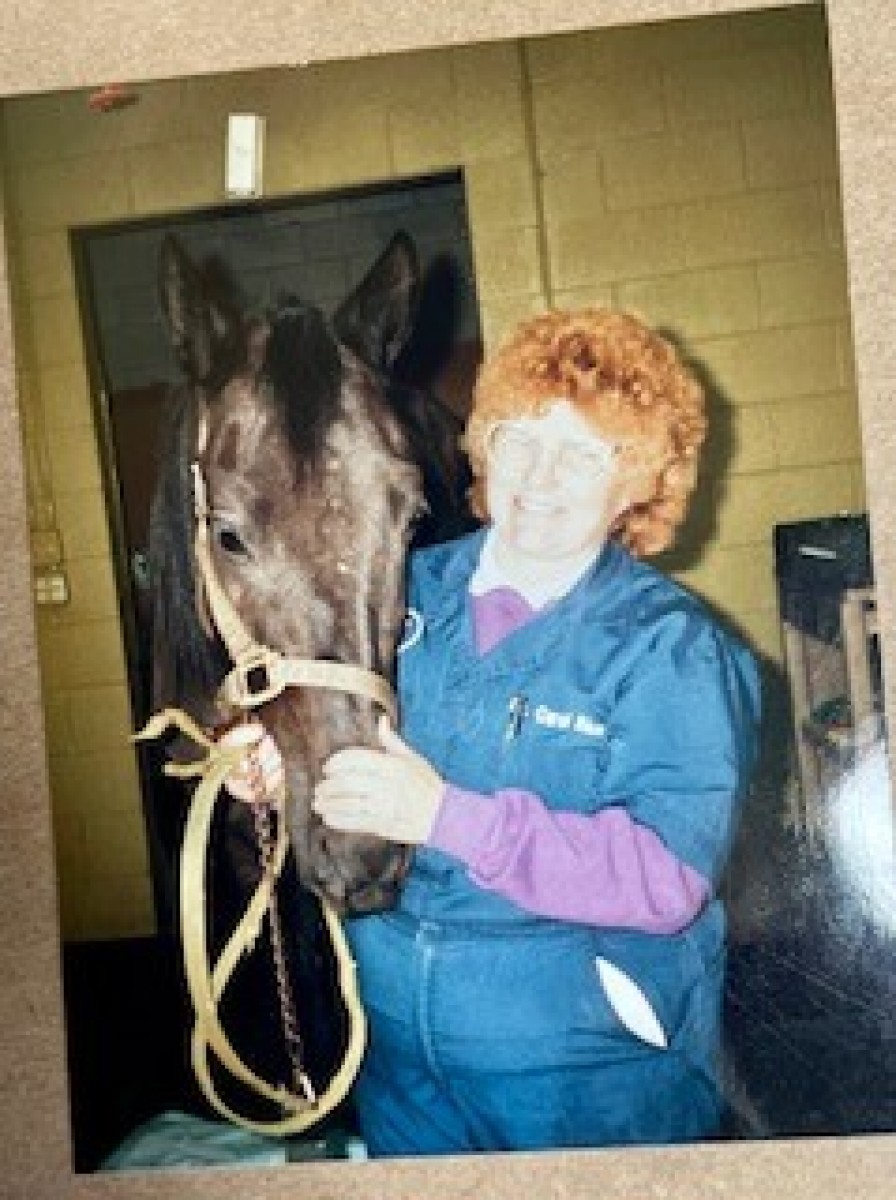
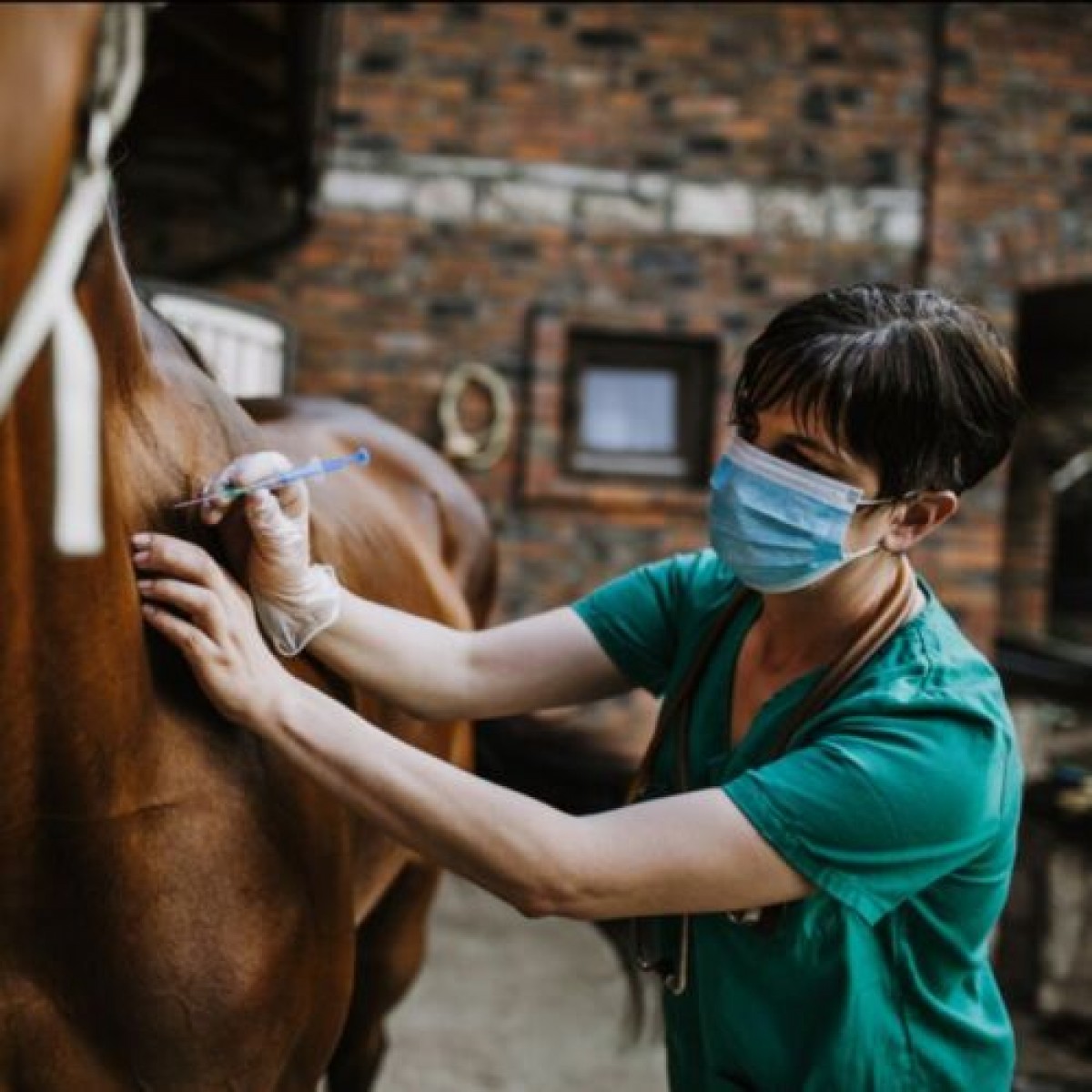




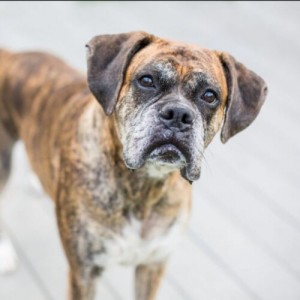
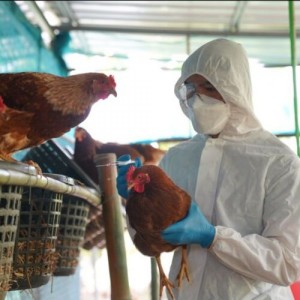
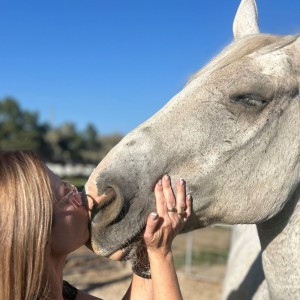
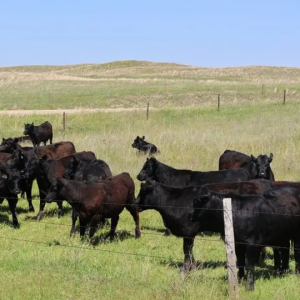

List
Add
Please enter a comment